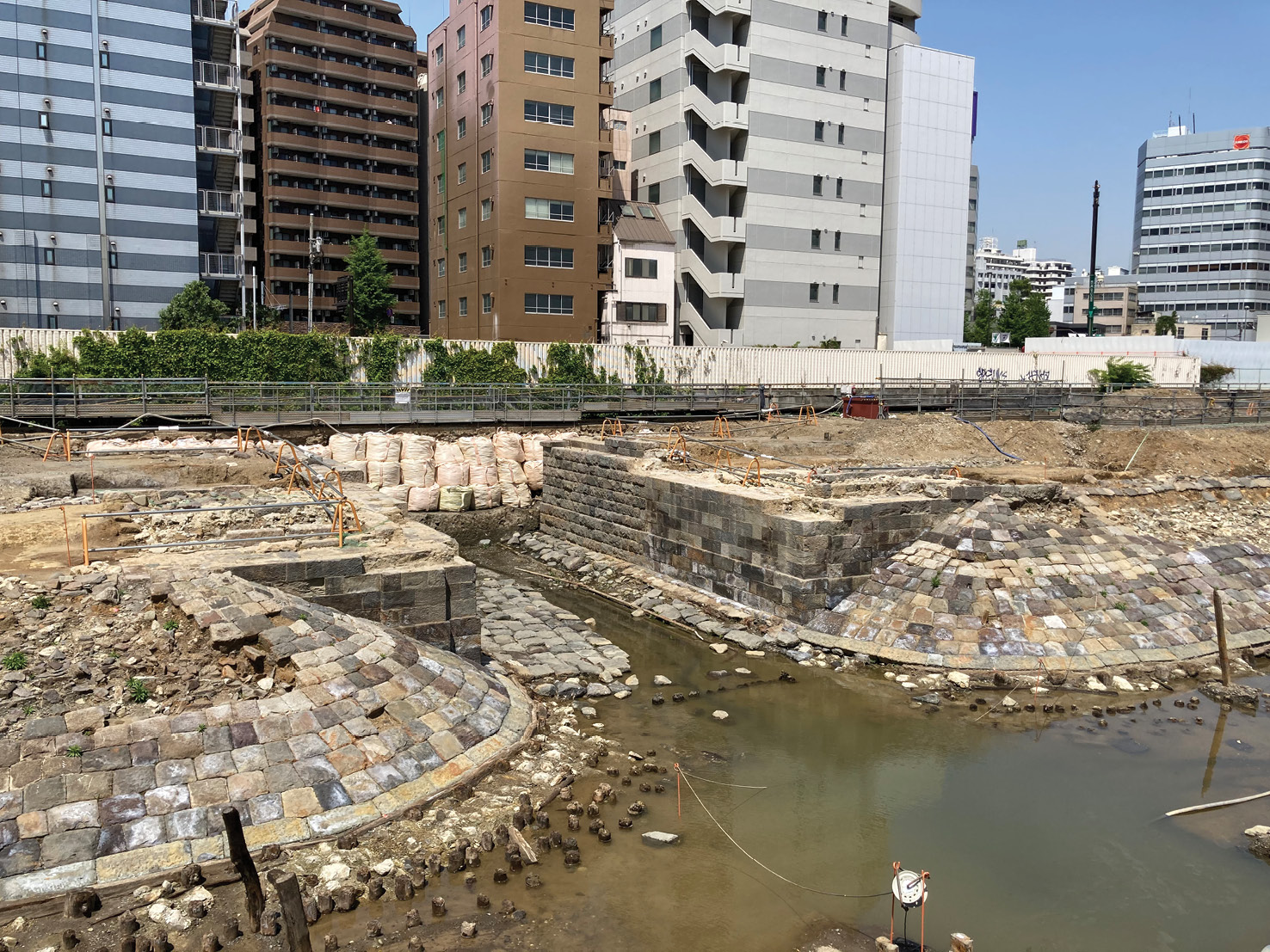It was during the Edo period (1603-1868) that Japan effectively sealed itself off from the outside world to avoid the ravages of Western imperialism that were conspicuously on display in other parts of Asia, most notably India and China. Educated Japanese urbanites of the era cultivated many hobbies, including a passion for antiquities. Knowledge of the outside world came in through a Dutch factory at Deshima in Nagasaki, far to the west on the island of Kyushu. Commodities introduced by annual trading ships included images of famous places from the ancient world, notably the Forum at Rome, allowing it to be depicted by renowned woodblock print artist Utagawa Hiroshige.
The archaeology of the city of Edo has been revealed by extensive excavations over the past century, in particular since the end of the Second World War. Indeed, such has been the pace of development in recent decades, despite the economic stagnation afflicting Japan since the collapse of the ‘bubble’ economy in the 1990s, that there are significant portions of the metropolitan area where all archaeological deposits have now been removed.
For the full article, please see: https://the-past.com/feature/archaeology-in-tokyo-seeking-out-the-past-…

